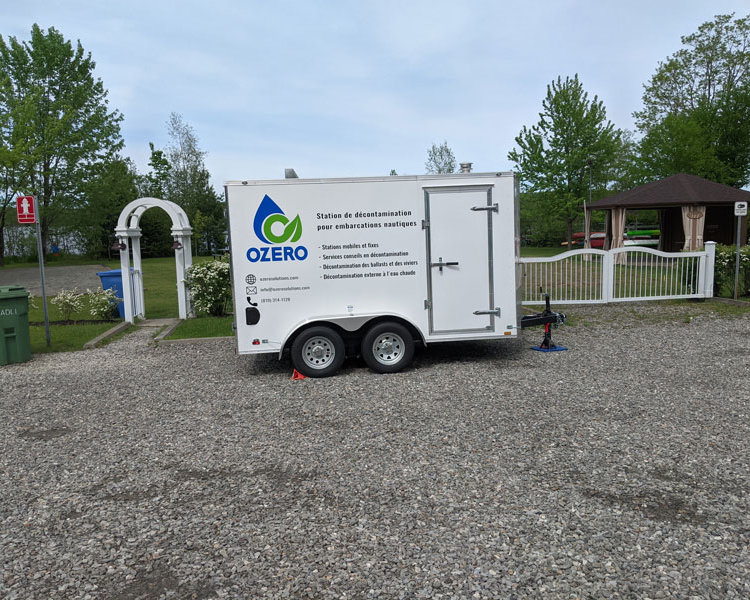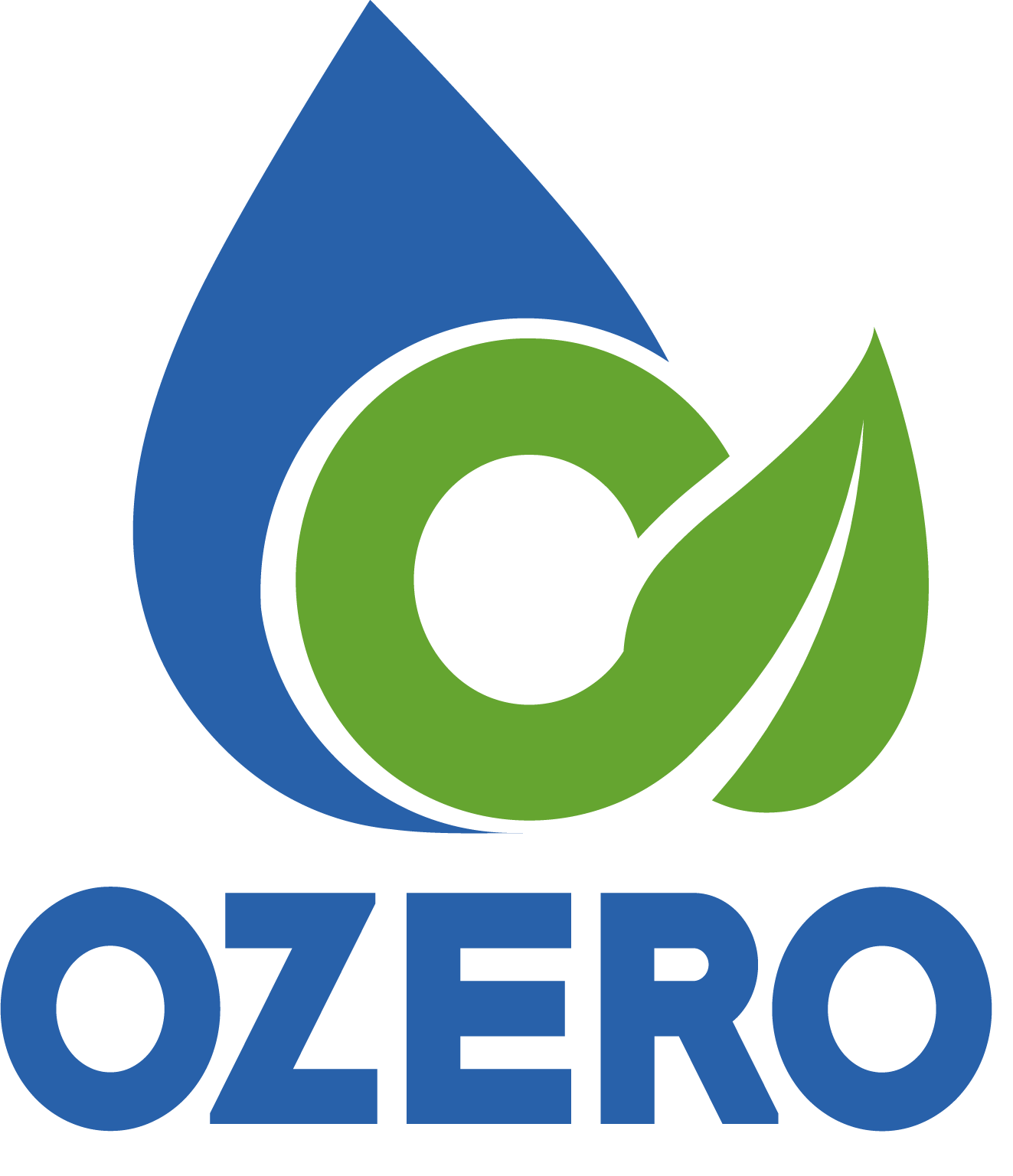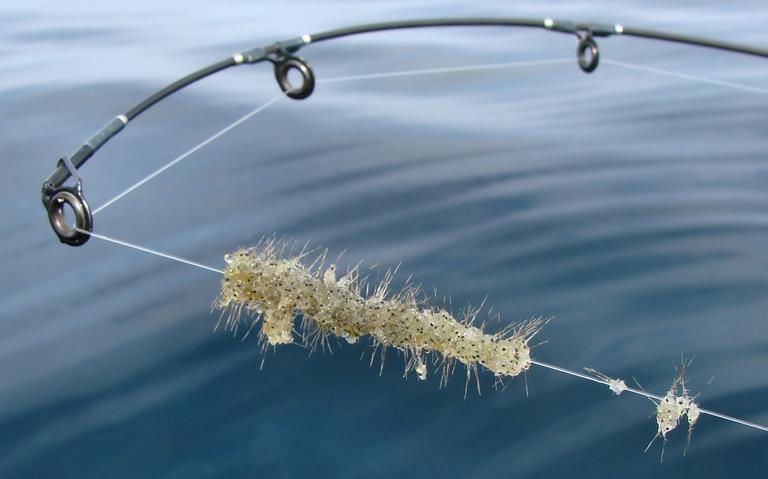IMPACTS
AQUATIC INVASIVE SPECIES: IMPORTANT IMPACTS ON OUR COMMUNITY
Aquatic invasive species are present in bodies of water and outside their natural habitat. Once introduced, these species become invaders and can proliferate uncontrolled. The consequences are disastrous, disrupting the local ecosystem, biodiversity, and human and economic activities.
ZEBRA/QUAGGA MUSSEL
The zebra mussel is a small freshwater mollusk. Its size varies between 0.5 and 5 cm in length. The zebra mussel’s rate of spread is due, among other things, to its productivity and its mode of propagation. Each adult female can lay 30,000 to 1,000,000 eggs per year.
EURASIAN WATERMILFOIL
Eurasian watermilfoil grows in ponds, lakes, marshes, canals, and calm sections of rivers. Large colonies can hinder recreational activities such as boating, fishing, and swimming.
WHAT IS THE CAUSE?
These species are generally spread through recreational boats and water activity equipment that have not been properly cleaned at a municipal wash station before being placed in the water. Clinging fiercely to the hull, propellers, and piping, microbiological particles are transmitted easily from one body of water to another exponentially.
90% OF THE SPREAD IS CAUSED BY PLEASURE BOATS
IMPACTS OF THEIR SPREAD
Environmental
Aquatic invasive species damage biodiversity because they:
- Hunt other species
- Compete with other species for food and space
- Live in or on an organism (parasitism)
- Cause other species to disappear or go extinct
- Maximize the loss of essential habitats for local wildlife
In addition, these species contribute to the eutrophication of lakes and the proliferation of cyanobacteria, such as blue-green algae.
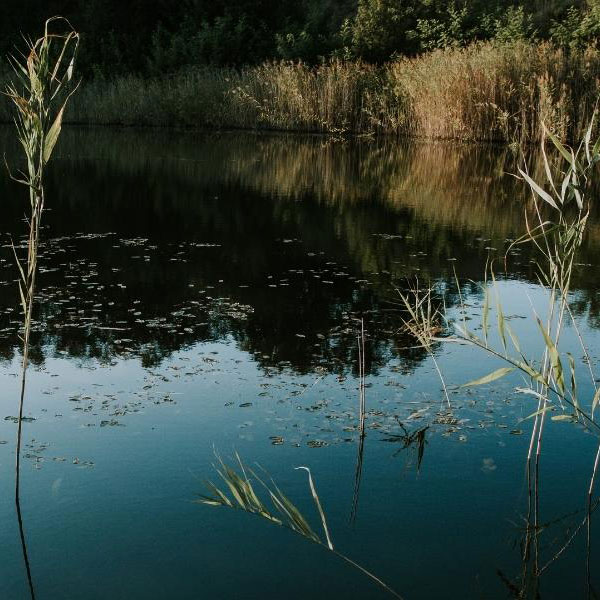

Economic
Aquatic invasive species cause significant economic costs because they:
- Reduce revenues linked to tourism, fishing and aquaculture
- Block water intake pipes to cottages, properties and power plants
- Require costly implementation of control, surveillance and eradication measures
- Reduce the value of waterfront properties by up to 20%
$1 INVESTED IN PREVENTION RESULTS IN $100 OF COST-SAVINGS IN TERMS OF FIGHTING THE EFFECTS AFTER THE INTRODUCTION OF AN AQUATIC INVASIVE SPECIES
Socio-recreational and human
Aquatic invasive species have consequences on socio-recreational and human activities because they:
- Damage watercraft and their engines
- Prevent navigation, swimming, fishing and water sports
- Cause the emergence of serious human diseases
- Disrupt irrigation systems and contaminate the water supply used to irrigate agricultural land

SIMPLE SOLUTIONS WITHIN REACH
Protecting bodies of water begins with decontaminating watercraft. Consequently, any uncleaned boat that navigates on a body of water is considered contaminated.
Ozero Solutions provides various external and internal decontamination initiatives for watercraft to prevent the spread of invasive species. These solutions are offered to municipalities, RCMs, and the general population.
Together, we can protect the future of Québec’s water bodies by using decontamination stations before putting a boat in the water or by asking the municipality to add one.
Our case studies
RCMs and municipalities in Quebec have called on our services to collaborate in the protection of bodies of water located on their territory. Here are the solutions put in place by Ozero to counter the spread of invasive species.
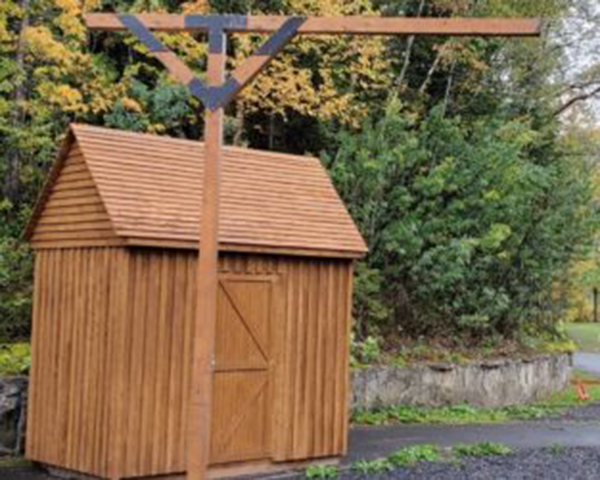
AMQUI Camping

Etchemin lake
